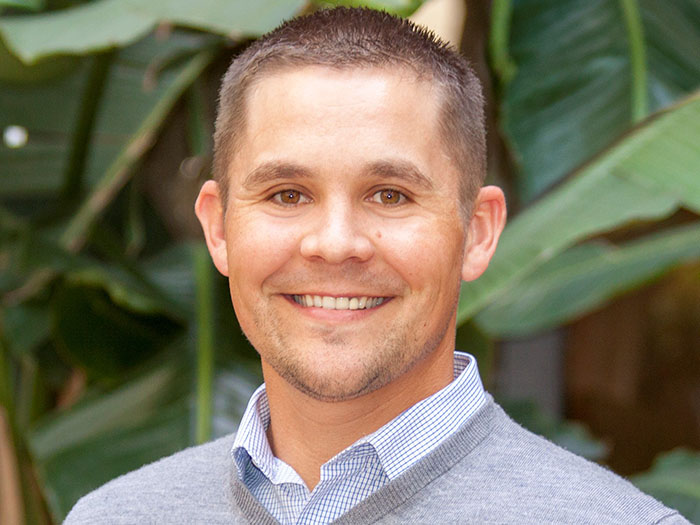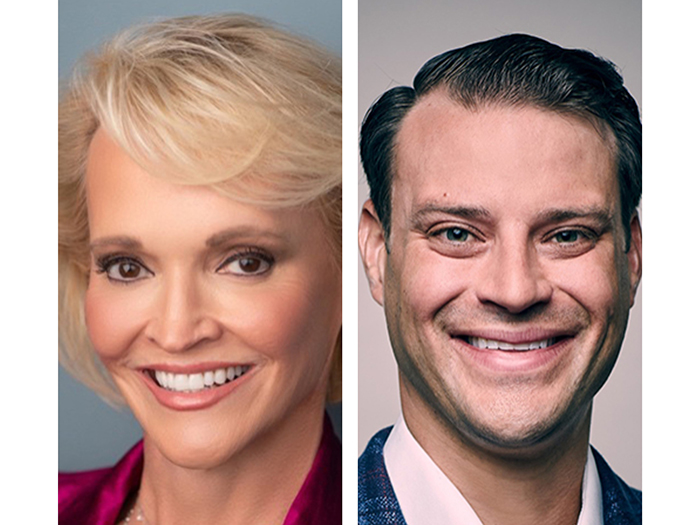Sponsored: Bardavon Health Innovations
More than an Injury: Improving Documentation Means Better Outcomes for Injured Workers

As the U.S. embarks upon what many have deemed as the “infrastructure decade,” the health and safety of the workers who propel the economy is a top priority. Many of the country’s top employers, including those in the construction, hospitality, aviation, and manufacturing sectors, heavily utilize human labor, which in turn results in job-related injuries.
Companies can demonstrate that employee health is of utmost importance, and secure their bottom lines, by making sure their injured workers get the right treatment as quickly as possible.
“People’s injuries are their lives,” as Dorothy Riviere, chief clinical officer for Bardavon Health Innovations, has found in her 20-plus years as a physical therapist.
“Most workers’ compensation injuries — 80% to 85% — are musculoskeletal related,” Riviere said.
“Movement is how you participate in your life. It is the foundation of how you actually get to live out your life. There’s nothing more important than that,” Riviere said.
So, the earlier a person with a musculoskeletal injury receives physical rehabilitation, the more likely their recovery will be successful.
Toward Improved Movement

Dorothy Riviere, Chief Clinical Officer, Bardavon Health Innovations
Despite the often-immediate limitations to movement after a musculoskeletal injury, physical and occupational therapy are too often prescribed , if at all.
A study by WCRI found that if physical therapy is prescribed within two weeks of the occurrence of an injury, the cost and duration of the claim can be made more manageable.
While some physicians are accustomed to addressing musculoskeletal disorders (MSDs) with other approaches, “the natural place to bring in people who understand movement and function, especially for patients whose injuries are primarily movement and function related, should be much earlier in the process,” Riviere said.
But even the most skilled physical and occupational therapists experience a significant barrier to providing optimal care for individuals who experience musculoskeletal injuries at work: the documentation and communication side of workers’ comp claims.
Despite the doctorate-level education required of today’s physical therapists, Riviere said, “There is zero or one hour of education on what it means to actually be a rehabilitation provider in the workers’ compensation space, and [this] is a very specialized area. Some of the things that we’re taught either don’t actually work very well when you’re treating a workers’ comp patient, or you need to think about things very differently,” Riviere said.
Driven by the desire to ensure that America’s injured workers receive the best treatment possible for their injuries, Riviere and her team at Bardavon have developed digital health solutions that support physical therapists in navigating the documentation complexities of workers’ comp.
“We built the workers’ comp treatment guidance system called ‘bNOTES®’ to be a tool to say … take your skills on musculoskeletal rehabilitation function and use our system to guide you on how to do that well when you’re treating an injured worker,” Riviere said, “as opposed to what you’ve been trained on the private health side.”
Even documenting familiar considerations such as maximum medical improvement (MMI) can be a hurdle for therapists to overcome.
“MMI is used in the private health space; it’s in [the] Medicare space for sure. But the context of what that means for the [workers’ comp] claim ending is a little bit different,” Bardavon said.
Guiding therapists in navigating such nuances so that they can concentrate on providing optimal care to injured workers is what Bardavon’s digital ecosystem aims to accomplish.
“One of the things that we do from an administrative standpoint is, we auto-deliver all of the documents on behalf of the therapy providers,” Riviere noted.
“We also send notifications and snapshots weekly to different constituents — claims examiners and nurse case managers on the progress of that particular individual … in a format that makes it easy for them,” Riviere said.
Therapists in Bardavon’s network are currently connected to over 500 claims examiners who receive weekly updates from the information therapists input to Bardavon’s digital platform.
“And that saves them a lot of time, a lot of efforts and it encourages the proactive communication around that injured worker,” Riviere said, “because that’s really why we’ve done all of this.”
More than an Injury
As someone who treated injured workers for a decade, Riviere said the true quality of rehabilitative care comes down to seeing each person’s unique situation.
Rather than anticipating treatment protocols and recovery durations based on injury, “there are many factors to consider for each person,” Riviere said.
“We guide therapy providers to give us information about what is important about this particular individual,” Riviere said. “How do we understand the complexities, the biopsychosocial approach, what they’re bringing to the table?”
“We want to ensure that they’re seen … from a quality perspective,” Riviere said. “And their needs and what makes them unique are understood, and decisions are made based on the fact that they’re not just a back injury.”
The Window and Mirror Approach
By capturing a range of quantitative and qualitative data entered by PT and OT providers in its network, Bardavon assures employers that therapists are referred based on value and quality — not solely on price and typical duration of treatment.
Concentration on the actual healing process is key to the overall recovery outcome for an injured worker, Riviere said.
“Certainly, duration, visits and cost are important components, but you only know if that was good based on what happened at the end with that injured worker,” Riviere said.
Ensuring that workers have properly healed and feel ready to return to work must be the priority, Riviere explained.
With the support of their clinical quality team, Bardavon takes what Riviere referred to as a “window-and-mirror approach,” toward relationship management with PT and OT providers.
By integrating providers into their bNOTES® documentation and guidance system that facilitates third-party communication, “our clients, employers, insurers, TPAs get the window in,” Riviere said. “They get to see the quality on the therapy provider side.”
And providers are carefully supported in demonstrating the quality of care they provide. “We’re not having them guess what quality is,” Riviere explained. “The system guides to it.”
“We’re feeding them information, real time, about how people are different.” There’s no need to wait for a complaint or negative feedback from a patient.
The clinical quality team then provides feedback through the captured data and analytics on the treatment and offers ways to improve, as needed. That’s the mirror approach.
“In order to create a quality situation for an injured worker, to us, there’s some formulaic things that have to happen,” Riviere said. First, ensuring that each injured person is respected and that providers are given the tools to document their unique attributes.
By walking alongside the therapists who are providing the care, helping them understand what quality looks like, and holding them accountable, Bardavon aims to set new standards in workers’ comp, and health care as a whole.
“So that’s the focus of the care experience as opposed to simply dollars or visits,” Riviere said.
Building a Culture of Safety Within an Organization
What company employers choose to treat their workers when they have an injury impacts the culture of an organization. And workers are more likely to bank their futures with companies which take their safety and the quality of rehabilitative care offered to them seriously.
Making sure that workers heal adequately after an injury helps companies maintain a culture of safety. When workers return to work prematurely, not only are they at risk for re-injury, but they potentially put other workers at risk for injury as well.
“Every time we can influence a positive care experience,” Riviere said, “it’s not just impacting that person, it’s also impacting everyone that they work with and speak to at their place of employment.”
To learn more, visit https://www.bardavon.com/solutions/treatment/.
This article was produced by the R&I Brand Studio, a unit of the advertising department of Risk & Insurance, in collaboration with Bardavon Health Innovations. The editorial staff of Risk & Insurance had no role in its preparation.










